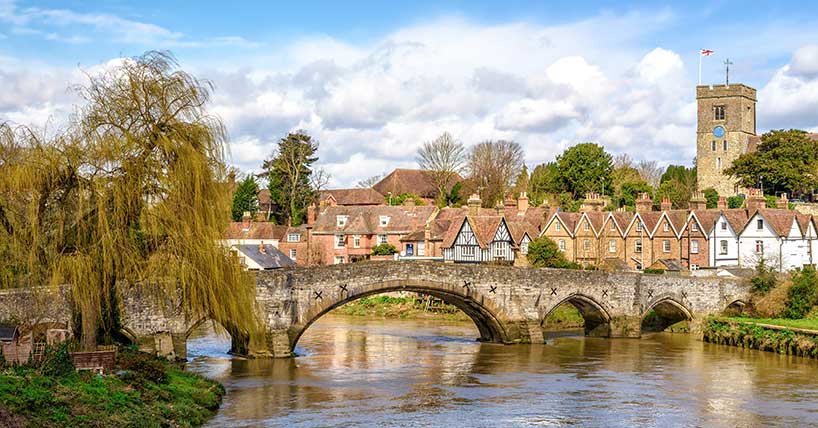Ben Morton
Ben's subject area is archaeology. His PhD project title is 'Understanding the Dynamics of Medieval Landscape Change in England c.800 to c.1600'. Read more about Ben's research.
Project description
From the 16th century onwards, writers began to note differences in the character of the English countryside.
A key one was the distinction between ‘champion’ and ‘bosky’ landscapes. Champion landscapes consisted of villages and vast open fields. Bosky landscapes were of woods and pastures. Hamlets predominated and open field cultivation was more limited in extent, with most land enclosed.
I am exploring the origins of these differences. To varying degrees, they still underpin the character of the English landscape.
In the past, scholars believed that patterns of ‘Dark Age’ settlement could account for the origins of landscape character. We discarded such ethnocentric explanations a long time ago. Scholars now think that social and environmental factors explain landscape origins.
I am reviewing present models for medieval landscape change. I am investigating models which explain the origins of medieval common property regimes and nucleated and dispersed rural settlement.
I am also identifying the social and material factors which lead to the dissolution of common property regimes in the medieval period. This strand of my research includes the enclosure of common land, and what implications this had for rural settlement.l period, such as the enclosure of common land, and what implications this had for rural settlement.
Funded by: AHRC Northern Bridge Consortium
Research grants
- AHRC Full Studentship (Northern Bridge Consortium)
Responsibilities
- Committee Member of the Medieval Settlement Research Group (since 2014)
- Membership Validation Committee Member of the Chartered Institute for Archaeologists (since 2013)
Conference papers
- ‘Religious objects and the production of medieval space’ paper delivered at the Theoretical Archaeology Group Conference, Bradford University, (2015).
- ‘A practice-based approach to understanding traditional buildings in an English parish’ paper delivered at the Vernacular Architecture Group Conference, University of Leicester, (2014).

